It is not uncommon to hurt your knees when you bend down to pick up something or injure your back when bending forward. The squat is the most common movement pattern that we as do every day; however, it is the most abused movement in that most people don’t do it correctly and safely.
As we age, the ability to bend down to pick up something decreases because of hip mobility issues. It’s just part of the aging process: our joints do not remain as lubricated as in our twenties. Compensated patterns occur due to an increase in sitting, which most of us do for hours on end, and lack of exercise.
The one thing we can correct is the form and execution of squatting. If the form does not look right, then you must regress to a simpler version until you can progress forward. In an exercise program, using too much weight or placing the bar on your back might be too advanced until you understand the movement.
How to squat. The squat is called “the king of exercises” because of all the different muscles that it develops (glutes, hamstrings, quads, abdominals, rhomboids,claves), and because it can help reduce other injuries when done correctly. When practicing the squat, first begin by placing a wooden stick behind your head and resting it on your upper neck muscles. With your back straight, slowly start to descend, tuck your navel in towards the spine, take a deep breath inwards, and push your hips back (like sitting down into a chair). At no time should you allow your knees to go past your toes (this means you are not using your hips); maintain the normal curve in your lower back. Ideally, you want to squat as low as possible, but when you are first learning, go just beyond parallel. When you get to the lowest point, begin to ascend quickly, tightenening your buttocks muscles at the top.
Errors that occur: 1. Knees roll inwards 2. Knees go over toes 3. Back loses its natural curve. 4. Spine bends too far forward. 5. Head tilts back too far. 6. Bar position causes neck pain. 7. Wrists hurt.
All of these common problems can be identified and fixed by a well-trained eye. Modifications to the exercise include placing the stick across the arms (front squat) or holding a dumbell in front of you. You can also hold onto your trainer’s hands and squat deep.
If you work with a trainer, getting an assessment of your movement deficiencies is the first thing you should do (to see where to start), then slowly build up your strength through improved range of motion and movement quality.
Learning how to squat will give you a new appreciation for making life easier on yourself, as your daily tasks become less of a nuiscence. You will also learn to save your knees and live healthy and happy!
Michael K Butler is co-owner of Kinetix Health and Performance Center and can be reached at (760)200.1719 or at michael@kinetixcenter.com. www.kinetixcenter.com.
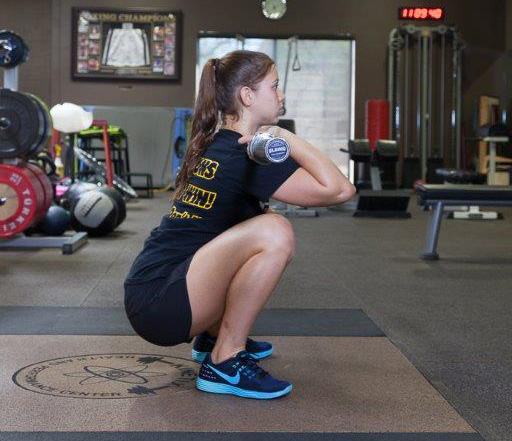


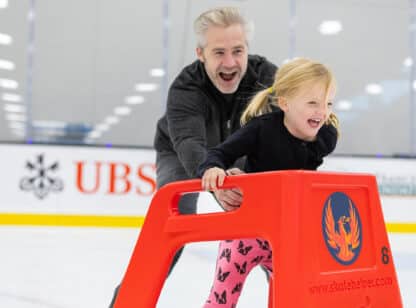






























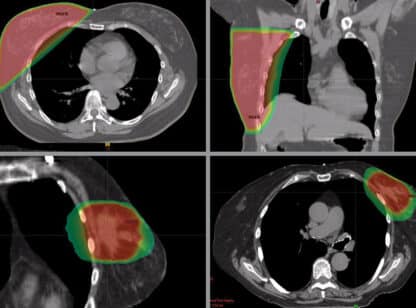



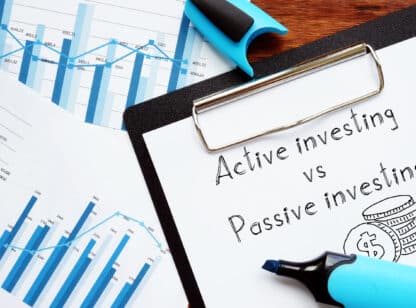




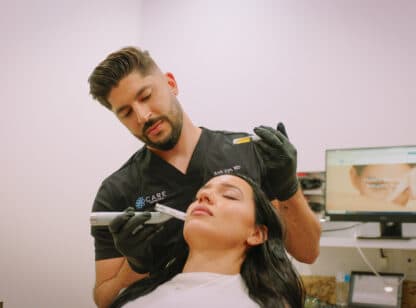
Comments (0)